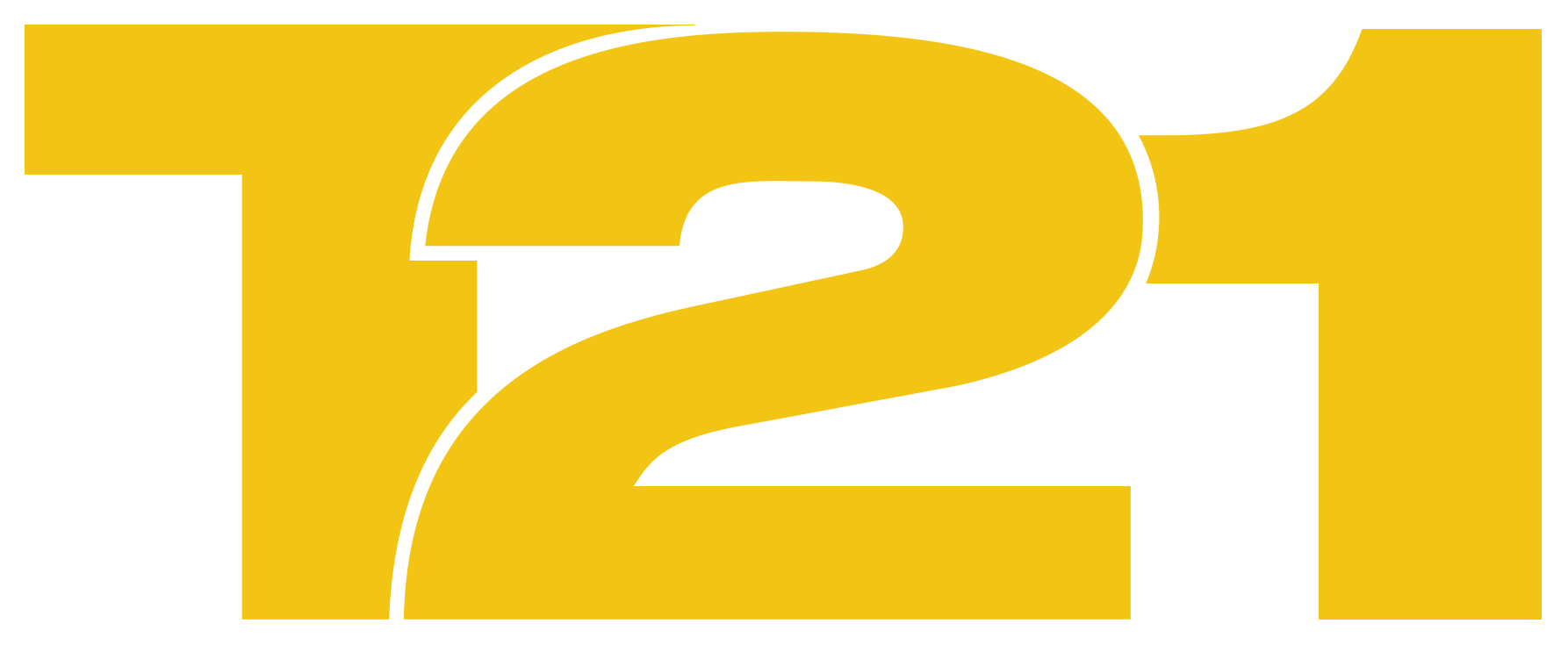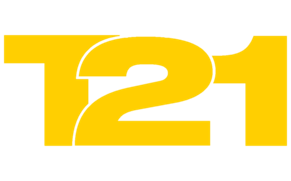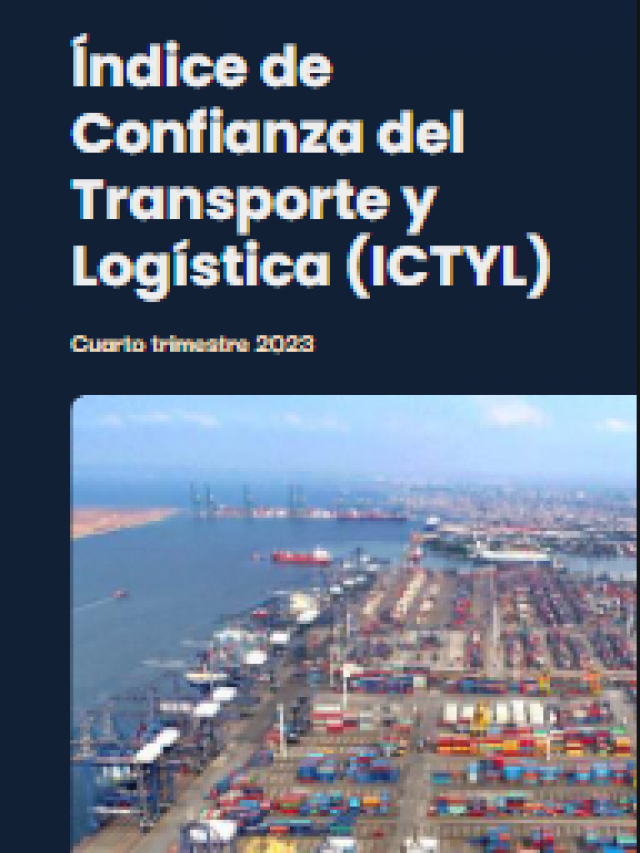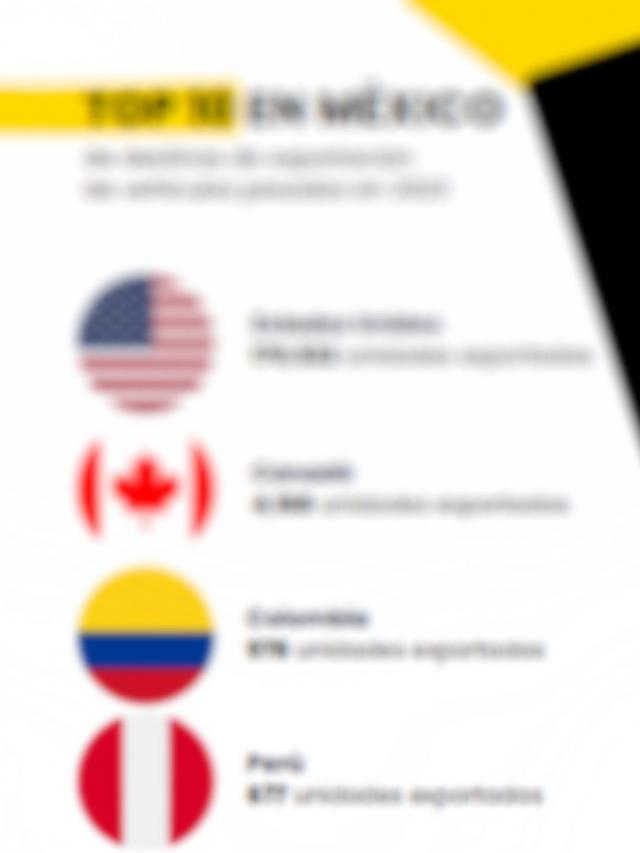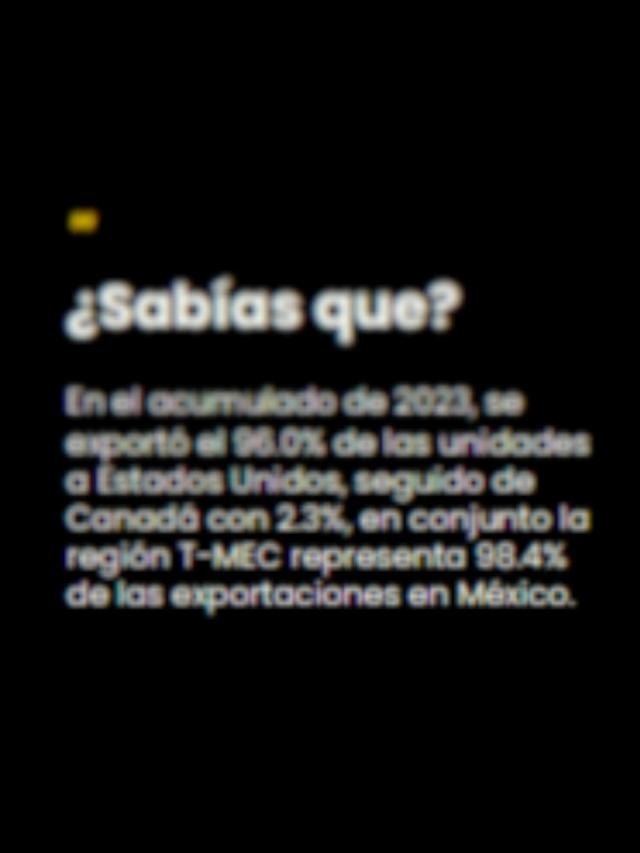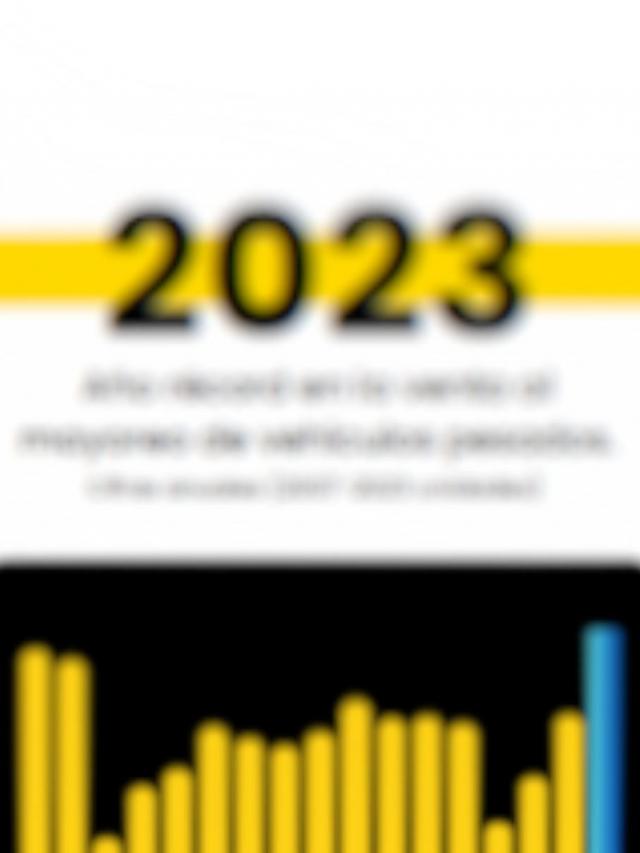
After weeks of analysis, the marking of federal transport units in Mexico became official. As of February 8, 2025, the provision published in the Official Gazette of the Federation (DOF) comes into force .
This regulation establishes that permit holders in the sector must place visible identification numbers on their vehicles.
The measure, promoted by the Ministry of Infrastructure, Communications and Transport (SICT) , seeks to improve road safety and facilitate the supervision of units. This provision comes in a context of growing concern about the theft of goods and vehicles in the country.
In 2024, according to various sector organizations , nearly 16 thousand incidents related to motor transport were recorded. Faced with the insecurity that constantly plagues transporters, SICT identified that beaconing could contribute to crime prevention.
According to the document issued by the General Directorate of Federal Motor Transport (DGAF) and the SICT , marking consists of identifying vehicles using alphanumeric characters visible at different points on the unit.
These data will correspond to the vehicle identification plate and may be applied with stickers or reflective paint to ensure visibility both day and night.
Some of the specifications included in the document are:
- Contrasting colors, that is, black for light backgrounds and white for dark backgrounds.
- Highly durable and reflective materials .
- In articulated vehicles, each trailer or semi-trailer must carry its own identification.
- For units without awning, such as platforms, hoppers and godrinas , the placement of a tarp with the identification number will be required.
Since the draft was presented to the National Commission for Regulatory Improvement (Conamer) last January, the proposal has been the subject of debate .
Transporters, associations and sector specialists expressed various concerns through comments in Conamer, including the cost of implementation, technical and operational feasibility and the lack of clarity regarding sanctions .
The National Chamber of Cargo Transportation (Canacar) , in its commentary, pointed out that the real costs of marking could exceed 900 million pesos , affecting mainly small and medium-sized companies.
The lack of mention of auxiliary services such as cranes and parcel transport , as well as the natural wear and tear that the identification banners will suffer, were also questioned .
Patricia Vizcaya , Legal and Regulatory Director of the National Association of Private Transportation (ANTP) , argued that the measure requires a longer adaptation period , proposing to extend, at that time, the implementation period to 180 days .
Beyond costs and implementation, some transporters pointed out that the measure could be ineffective if it is not accompanied by concrete actions by the authority .
Another aspect that generated doubts in the sector, when the preliminary project was presented, was the application of beaconing in units with unconventional configurations such as lowboys .
With the publication in the DOF, marking is now mandatory for federal transportation in Mexico. Permit holders will have the challenge in the next three months of adapting their vehicles to the new regulation and ensuring compliance within the established deadline .
Comment and follow us on X:@karinaquintero / @GrupoT21
